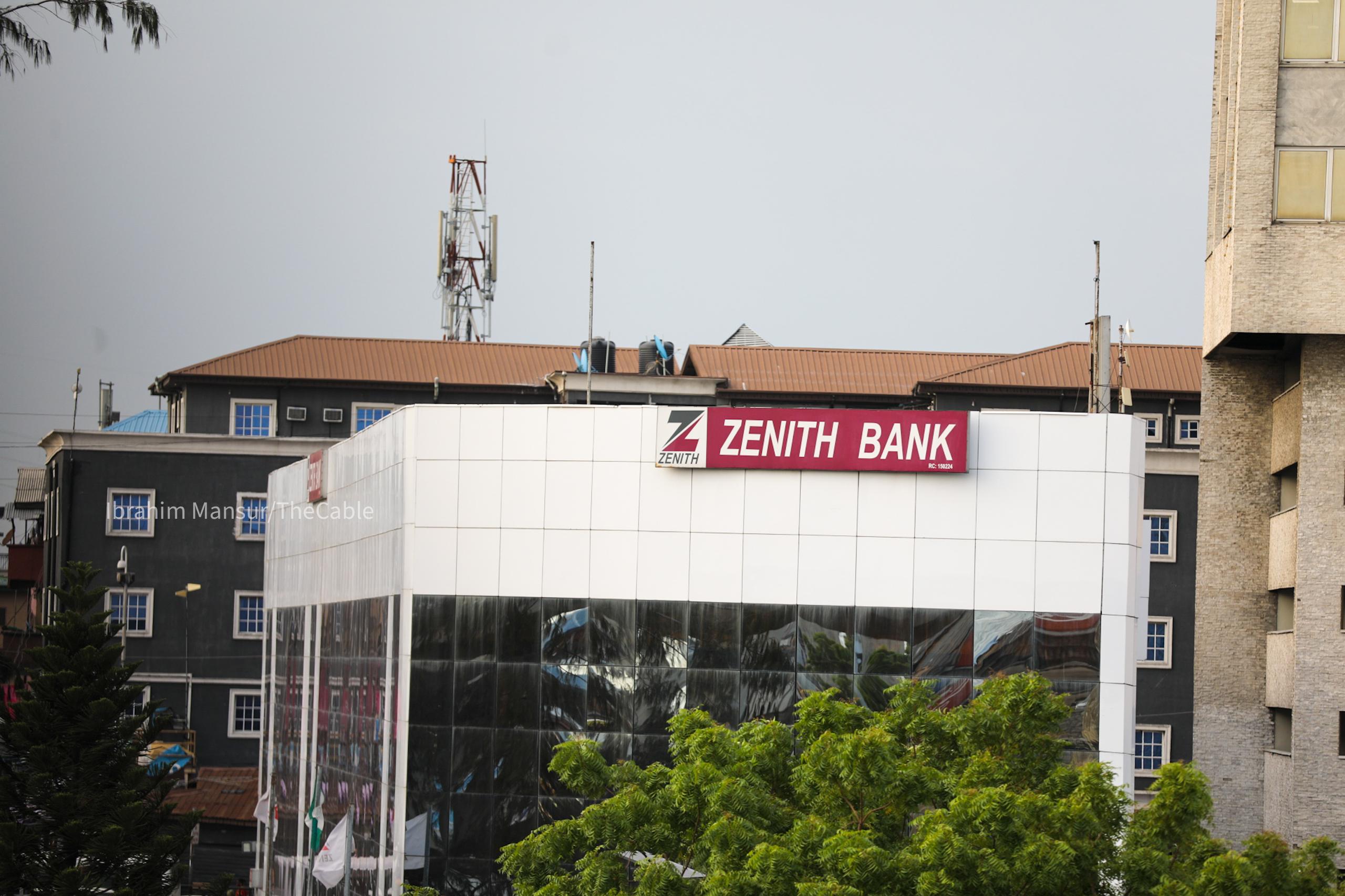Cisco Charts Its Agentic AI Journey At Cisco Live U.S. 2025

Cisco CEO Chuck Robbins delivering the opening-day keynote at Cisco Live 2025
Will TownsendAt last week’s Cisco Live event in San Diego, the IT and OT infrastructure giant showcased the development of deep agentic AI integrations across its broad portfolio of networking, cybersecurity and observability offerings — with a renewed focus on customer experience. I have had the opportunity to participate in many of the company’s past events around the world, but this year’s conference could be considered historic given the payload of substantive announcements.
Let’s dig into what I found most important — and how Cisco might improve on what it’s already doing to further its ambitions.
(Note: Cisco is an advisory client of my firm, Moor Insights & Strategy.)
Cisco Live’s mainstage sessions across two days focused on two things: (1) a dizzying number of new solution announcements, and (2) improvements in its customer experience journey.
Not surprisingly, day one outlined Cisco’s continued progression with modern AI into agentic functionality, from both connectivity and security perspectives. Jeetu Patel, the company’s chief product officer who was recently promoted to president, articulated a pragmatic approach that focuses on AI-ready datacenters, future-proofed workplaces and digital resilience created by infusing security controls into the company’s network infrastructure portfolio. I was particularly struck by how he contrasted the demands of generative versus agentic AI inferencing, highlighting the need to future-proof connectivity and compute infrastructure to support the demands of agentic persistent workloads. His illustration also demonstrated the need for Cisco to double down on supporting these workloads, something that I will come back to as an opportunity for improvement.
On day two, executive vice president Liz Centoni, who took the reins of the company’s overall customer experience efforts a year ago, outlined a completely retooled strategy. A new approach was desperately needed, given that Cisco’s initial launch of the CX was more programmatic and decoupled technically from its infrastructure solutions, making it complex to navigate for both its channel partner sellers and its customers.
What I like about the new effort is tighter product and solution integration supported by an AI adoption agent and a purpose-built large language model. It is a powerful combination, leveraging the company’s vast knowledge base with 40 years of issue and remediation experience. Cisco unquestionably possesses the largest data lake in its market, one that has the potential to speed deployment and resolve ever-present issues such as infrastructure misconfigurations quickly and easily. Centoni’s “drop the mic” moment for me was the stated goal to make every customer feel like Cisco’s only customer. That is an audacious statement by any measure, and I believe that Cisco has the potential to deliver on its promise.
Given the vast number of announcements at Cisco Live this year, it might be difficult to pick one that stands above all the rest. However, the company’s new AgenticOps platform landed for me as the most significant for two reasons. First, it includes what I consider to be a beautifully executed management console, dubbed AI Canvas. AI Canvas incorporates an intuitive user interface that integrates a generative AI-powered natural language tool that allows users to customize views with dynamically generated widgets. In doing so, AI Canvas provides a dynamic and real-time view into the inner workings of a customer’s infrastructure expanse — providing network assurance, security observability and remediation functionality supported by Cisco’s Splunk, ThousandEyes, AppDynamics, Duo Security and other solution offerings.
Second, a newly developed Deep Network Model aims to feed AI Canvas with data pulled from Cisco’s knowledge base. Combined, they have the potential to dramatically simplify network and security operations with deep observability, exceptional visualization and robust collaboration features to remediate network issues and improve security posture and cyber defense.
I also had the opportunity to spend time with senior vice president DJ Sampath, who leads Cisco’s AI Software and Platform organization. What I find noteworthy about his team’s efforts is the rapid development cycle that brought AgenticOps to market so quickly — in less than one year. As a former product marketer, I can tell you that is a significant achievement by any measure, and it’s one that continues to feed Cisco’s innovation engine under Patel’s leadership. From my perspective, the newly announced AgenticOps platform could serve as the tip of the spear to facilitate the company’s deeper infrastructure sales penetration into its competitor install bases.
Moor Insights & Strategy founder and chief analyst Patrick Moorhead and The Futurum Group’s chief executive Daniel Newman dive deeper with Sampath in this Six Five Media On The Road conversation from the event.
A handful of other announcements are worth highlighting:
I have highlighted only a handful of the networking and security announcements at the conference. With that said, I really like what Cisco is doing to drive to a platform approach at scale — making it easier for channel partners to sell and deploy the company’s numerous new offerings and for customers to consume them.
As previously mentioned, Cisco’s announcement payload was massive at Cisco Live. Consequently, customers and partners may have a tough time digesting all of this. The risk is that some of these new capabilities may be lost in the mix, and it’s going to be a challenge for Cisco to prioritize which elements are most important, whether for overall product marketing or in go-to-market conversations with individual customers. Furthermore, I felt that Cisco’s compute strategy fell flat during Patel’s keynote. A handful of Cisco executives I spoke to acknowledged the need to strengthen the messaging, especially given the company’s desire to deliver full-stack, AI-ready infrastructure through its AI PODs platform, which marries compute and networking to address AI modeling and ML operations. However, I will defer to my Moor Insights & Strategy colleague Matt Kimball to explore this more deeply, given his coverage of datacenter compute.
Despite some of those short-term challenges, I like what the company is doing to execute against a platform strategy that addresses the challenges organizations face in deploying AI-ready infrastructure to transform network and security operations. Historically, through Cisco’s parallel organic roadmap and acquisition efforts, it has duplicated functionality — especially from an automation perspective. The good news is that its rapid adoption of agentic AI is addressing its myriad automation tools, and in the process is simplifying automation capabilities though more unified product development and go-to-market efforts.
I liken a complete and modern AI infrastructure stack to a three-legged stool providing the requisite compute, networking and security functionality. In my mind, it also includes storage as table stakes, given the demands placed on unifying data to train large and small language models. The recent announcements at Cisco Live U.S. address all of these elements to help enterprises unlock the transformative potential of generative and agentic AI applications and workloads securely and at scale.
Moor Insights & Strategy provides or has provided paid services to technology companies, like all tech industry research and analyst firms. These services include research, analysis, advising, consulting, benchmarking, acquisition matchmaking and video and speaking sponsorships. Of the companies mentioned in this article, Moor Insights & Strategy currently has (or has had) a paid business relationship with Cisco.









